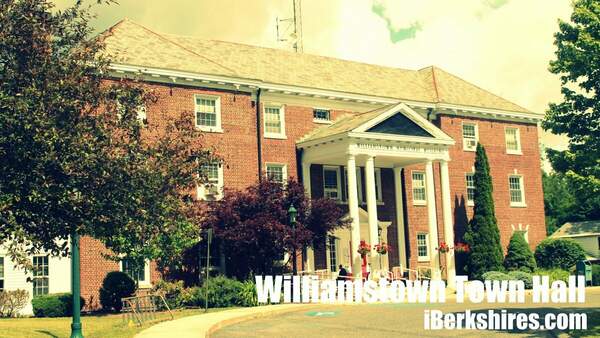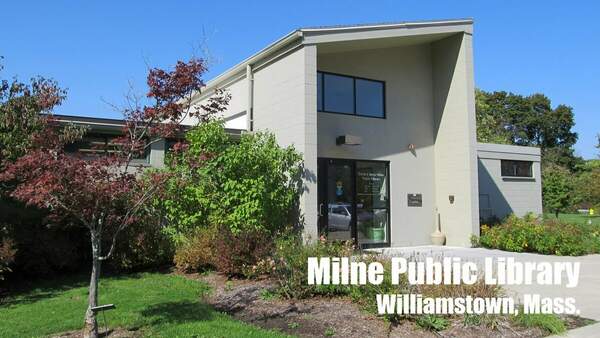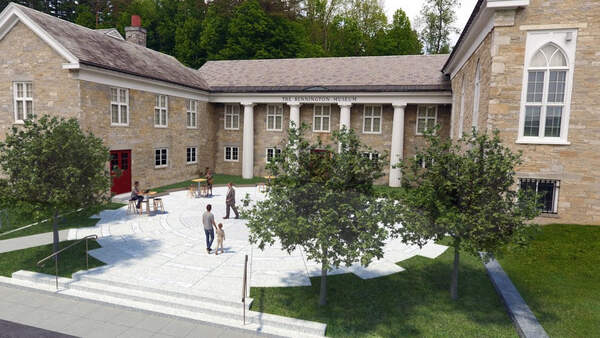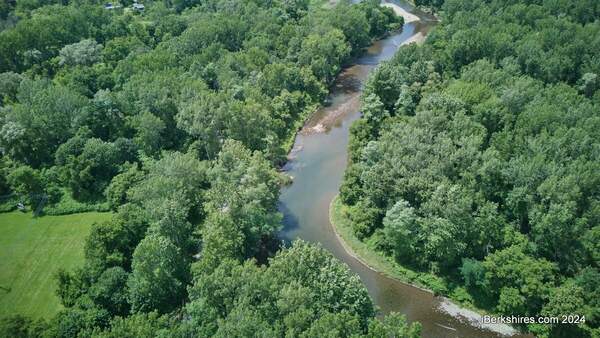Williamstown Participating in Mass Save Community Partnership
WILLIAMSTOWN, Mass. — The town of Williamstown has been selected to participate in the 2022-2024 Community First Partnership offered by the local Mass Save sponsors, Berkshire Gas and National Grid. Williamstown is one of 30 communities selected to participate in this new initiative.
Community members are invited to attend an information session at the David and Joyce Milne Public Library on Sept. 28 at 6:30 p.m. Presenters will provide an overview of the many benefits offered by the program including funding and incentives for diverse audiences (residents, renters, homeowners, landlords, and small businesses), with a focus on home energy efficiency and heat pump technology.
The session will open with a welcome from Town Manager Robert Menicocci. Presenters will include energy efficiency expert Bruce Harley; Natalie Reeder, program manager from All In Energy; Nancy Nylen, Williamstown COOL Committee member; Renee Schmidt from Berkshire Community Action Council and a representative from National Grid. Williamstown’s Energy Advocate for the program, Sherdyl Fernandez-Aubert, will facilitate the forum.
Williamstown is working with Berkshire Gas and National Grid along with partners including Berkshire Regional Planning Commission, CLEAResult, Berkshire Community Action Council, and the Center for EcoTechnology to provide cost-saving energy efficiency solutions to all residents, small businesses, houses of worship and local nonprofits. As part of the Community First Partnership, Williamstown also aims to increase participation among renters and landlords, non-English speaking/Limited English Proficiency residents, low-to-moderate income households and small businesses through targeted outreach.
A special benefit of the program is Williamstown’s Energy Advocate Sherdyl Fernandez-Aubert who can help residents and businesses navigate the program. Partners will work together to advance the community’s commitment to equity and sustainability.
Participants will receive a no-cost energy assessment to identify energy-saving opportunities, such as insulation and heating and cooling equipment upgrades. Through this exciting partnership, the Mass Save Sponsors offer up to 100% off the cost of approved upgrades. Participants can also receive a variety of no-cost energy-saving products such as water-saving devices and programmable thermostats.
Williamstown’s annual goals include:
- 145 insulation upgrades
- 80 high-efficiency heating and cooling equipment upgrades (heat pumps)
- 25 small business energy assessments
"We are excited to offer this opportunity for Williamstown’s residents and small businesses to save energy, money and reduce emissions through our participation with the Mass Save Community Partnership," Town Manager Robert Menicocci. "Having our own dedicated energy advocate should help residents navigate how to access all the program’s resources and incentives. This is a great step toward our town’s Net Zero carbon emission goal, and an extension of our long partnership with our citizen led COOL committee. Together we can achieve our goals, support Williamstown residents and small businesses and advance sustainability for all in our community."
As a Community Partner Team, Williamstown is eligible for up to $25,000 in funding each year for three years to support this project, as well as marketing and technical support from the Mass Save Sponsors.
Residents and businesses interested in participating may request a no-cost energy assessment at https://www.masssave.com/
For questions or further information, the Energy Advocate Sherdyl Fernandez-Aubert is available to speak with residents at SFernandez-Aubert@
Those who wish to may pre-register for the community information session at https://forms.gle/
Tags: berkshire gas, BRPC, National Grid,















